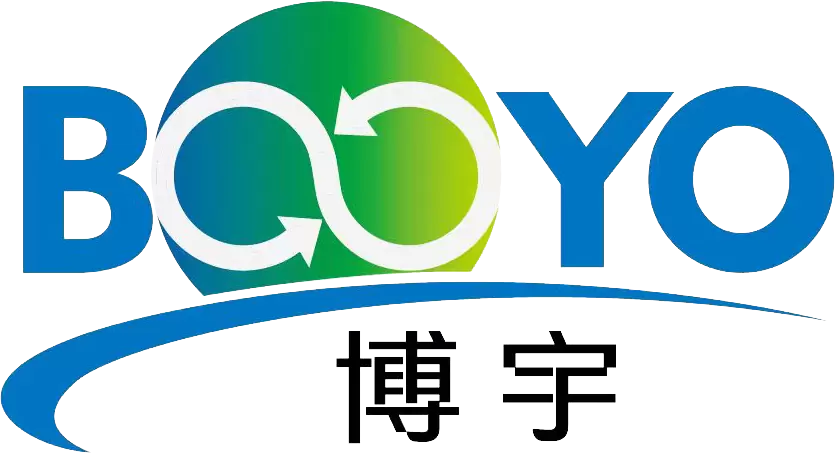
In today's budget-driven industrial landscape, maximizing performance while controlling fuel costs is paramount. A boiler economizer serves as a valuable tool in achieving these objectives. This heat recovery device effectively preheats the incoming feedwater by utilizing waste heat from the flue gases exiting the boiler. By implementing an economizer, businesses can substantially reduce fuel consumption and thereby lower their overall operating expenses.
- Economizers operate by capturing the residual heat from flue gases before they are released into the atmosphere.
- This captured heat is then transferred to the incoming feedwater, raising its temperature and reducing the load on the boiler system.
- The result is a decrease in fuel consumption as the boiler requires less energy to reach the desired steam temperature.
Investing in a boiler economizer offers several tangible benefits, including:
Optimizing Boiler Performance with Economizers
Economizers are essential components that can substantially improve the performance of your boiler system. By preheating incoming water using exhaust heat, economizers reduce fuel consumption and alleviate operational costs. Integrating an economizer could lead to considerable savings on your energy bill while also minimizing emissions. This results in a more eco-friendly and cost-effective operation.
Comprehending How Boiler Economizers Function
Boiler economizers are vital components within industrial plants, playing a crucial role in maximizing thermal efficiency. They function by preheating the boiler feedwater using waste heat generated during combustion. This preheated water then enters the boiler at a higher temperature, thereby reducing the amount of fuel required to raise the water to its desired boiling point. The result is a significant decrease in fuel consumption and associated costs, alongside reduced emissions.
- Preheating Units typically consist of a series of tubes arranged to intercept the hot flue gases exiting the combustion chamber. The feedwater flows through these tubes, absorbing heat from the flue gases and increasing its temperature.
- Various substances, such as steel or copper, are used to construct economizer tubes due to their high thermal conductivity and ability to withstand the corrosive effects of flue gases.
- By efficiently utilizing waste heat, economizers can enhance boiler efficiency by up to 10%, leading to substantial cost savings for industrial operations.
Additionally, economizers contribute to environmental protection by minimizing fuel consumption and reducing greenhouse gas emissions. Their strategic placement within the boiler system allows for a closed-loop heat transfer process, maximizing energy utilization and promoting sustainable practices.

Types of Economizers for Boilers: A Comprehensive Guide
Selecting the optimal economizer type for your boiler system is crucial for maximizing efficiency and minimizing operational costs. Economizers preheat incoming feedwater by capturing waste heat from exhaust flue gases, thereby reducing the fuel required to achieve desired steam or hot water temperatures. Various economizer structures are available, each with its own advantages and limitations. Common types include shell-and-tube economizers, plate economizers, and spiral economizers, among others. The most suitable selection depends on factors such as boiler capacity, fuel type, operating pressure, and water chemistry.
- Shell-and-tube economizers offer robust performance and are often used in large-scale applications.
- Plate economizers provide a compact design with high heat transfer rates, making them suitable for smaller boilers.
- Spiral economizers feature a unique coil arrangement that promotes efficient heat exchange and reduces pressure drop.
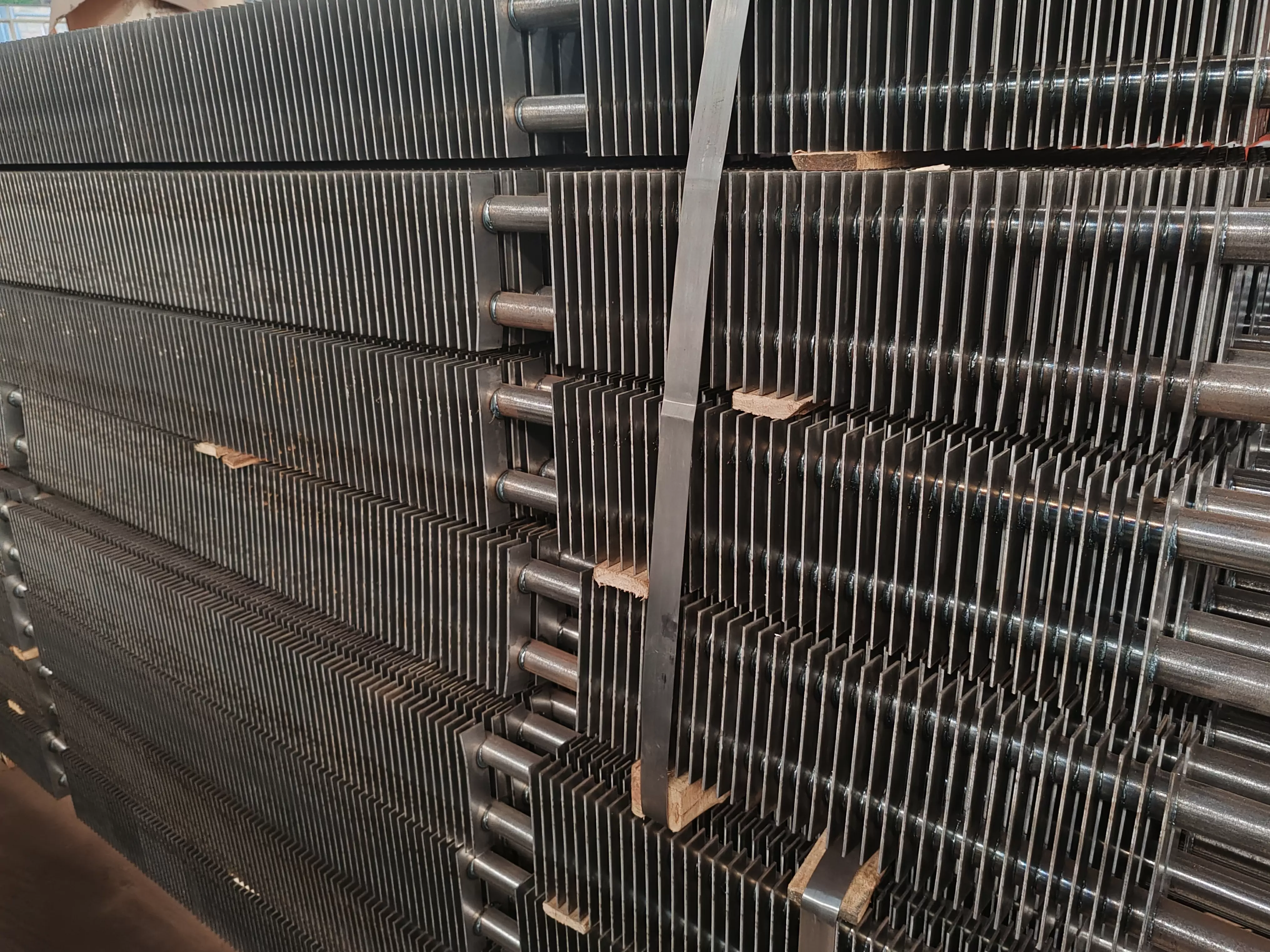
Understanding the operational principles, advantages, and disadvantages of each economizer form is essential for making an informed decision. This comprehensive guide will delve into the intricacies of various economizer designs, providing you with the knowledge needed to select the most appropriate solution for your boiler system.
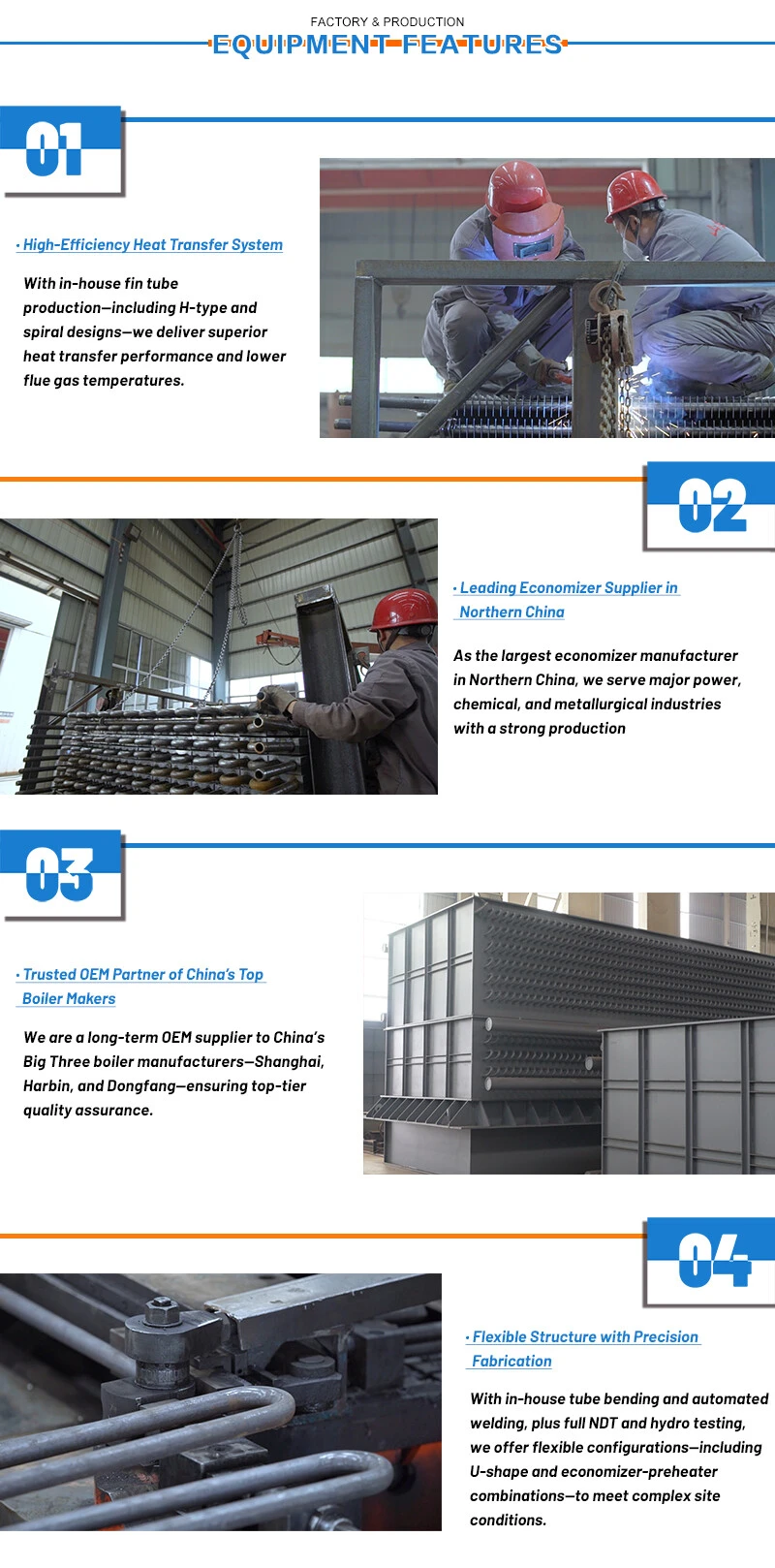
Maximize Boiler Efficiency With an Economizer
Integrating an economizer into your heating system presents a myriad of advantages. Primarily, it improves fuel consumption, leading to significant spending reductions. By warming feedwater with waste energy from the flue gases, an economizer lowers the demand on your boiler to generate steam. This translates in reduced fuel use, ultimately helping to a more environmentally responsible operation.
- Furthermore, economizers can extend the lifespan of your boiler by minimizing the strain on its components.
- At the same time, they can optimize water quality by reducing impurities that can accumulate in the boiler system.
The installation of an economizer is a relatively straightforward process and can yield significant ROI over its service life.
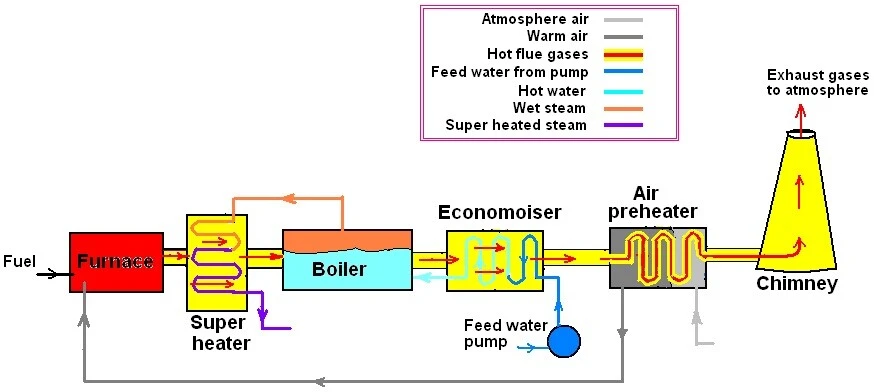
Maximizing Economizer Performance with Effective Installation and Care

Successfully implementing and maintaining an economizer arrangement is crucial for maximizing its heating recovery capabilities. Upon installation, conduct a thorough review of your building's heating and cooling needs. This guarantees the economizer choice is appropriate for your particular requirements.
During installation, meticulous attention to detail is paramount. Make certain all components are properly positioned, and follow the manufacturer's instructions strictly. Regular checkups should be performed to identify potential issues before they escalate.
- Inspect the economizer's coils for debris. Clean them thoroughly as needed to maintain efficient airflow.
- Observe the economizer's performance over time. Note operational data and compare it to expected values. This helps detect any discrepancies
- Lubricate moving parts according to the manufacturer's recommendations. This reduces friction and extends the economizer's service life.

Case Studies: Real-World Examples of Economizer Benefits

To truly grasp the significant benefits of economizers, we turn to real-world examples. Numerous case studies demonstrate how economizers can drastically reduce energy consumption and eventually lower operational costs. In one noteworthy example, a manufacturing facility integrated an economizer system, resulting a impressive 25% reduction in natural gas usage. This led in substantial cost savings, highlighting the evident impact of economizer technology.
- Furthermore, a large commercial building saw substantial energy savings after installing an economizer. The system allowed for the efficient use of free cooling during cooler months, substantially reducing the reliance on air conditioning and as a result lowering energy bills.
- Moreover, studies have shown that economizers can also prolong the lifespan of heating systems by reducing the workload. This produces in lower maintenance costs and aggregate operational savings.
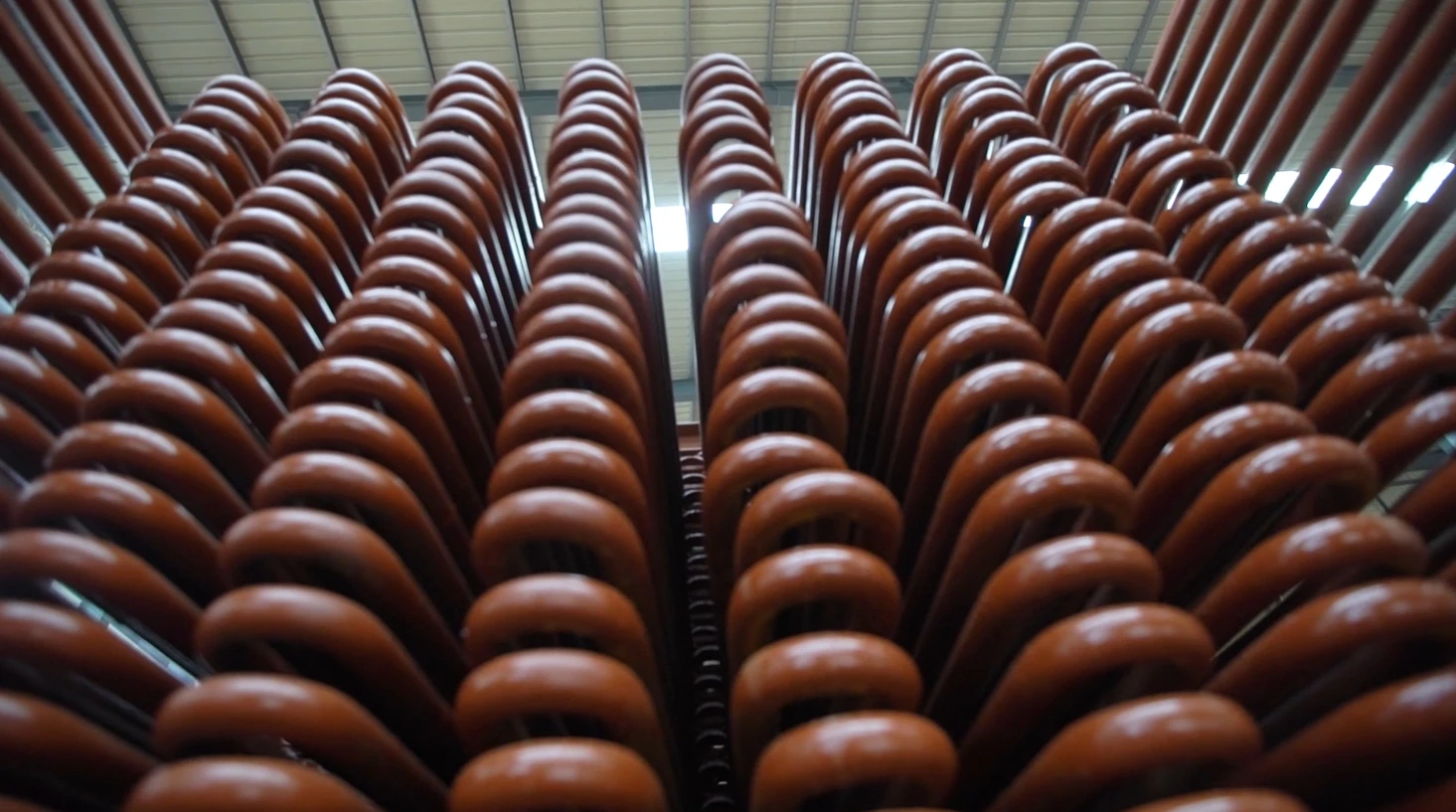

Boiler Economizers Demystified
Boiler economizers are crucial components in various boiler systems. They function by preheating the feedwater entering a boiler using the unused thermal energy from the flue gases exiting the combustion chamber. This heat recovery process significantly increases the overall output of the boiler by reducing the amount of fuel required to reach the desired temperature.
The basic design of a boiler economizer typically involves finned coils exposed to the flue gases, while the feedwater flows the tubes in a reverse flow configuration. This arrangement maximizes the heat transfer between the hot flue gases and the incoming water.
- Furthermore, economizers contribute to reducing flue gas concentrations by decreasing the fuel consumption rate.
- Therefore, they play a vital role in enhancing boiler performance while simultaneously promoting environmental conservation.

Economizer Design and Selection Considerations Choosing the Right Economizer

Designing and selecting an economizer is a critical step in achieving optimal efficiency and cost savings in HVAC systems. Critical considerations to consider include the application requirements, heating/cooling load profile, available space constraints, and desired energy recovery rates. The economizer type, such as plate, shell-and-tube, or air-to-air, should be carefully chosen based on these parameters. {Furthermore|Additionally, factors like material selection, construction design, and control strategies play a crucial role in ensuring the economizer's performance and longevity.
- Factors influencing economizer performance include:
outdoor air conditions - Heat transfer coefficients
- Ventilation requirements

Comparing Economizer Efficiency Ratings
When evaluating economizers for your system, performance ratings are crucial. These ratings provide a quantifiable measure of how well an economizer utilizes heat from the outside air. A higher rating generally indicates better capability to reduce energy consumption and costs. Economizers are typically classified using different standards, such as SEER or HSPF, which indicate their performance in specific climate conditions. It's essential to choose an economizer with a rating that satisfies your system's requirements and local environmental factors.
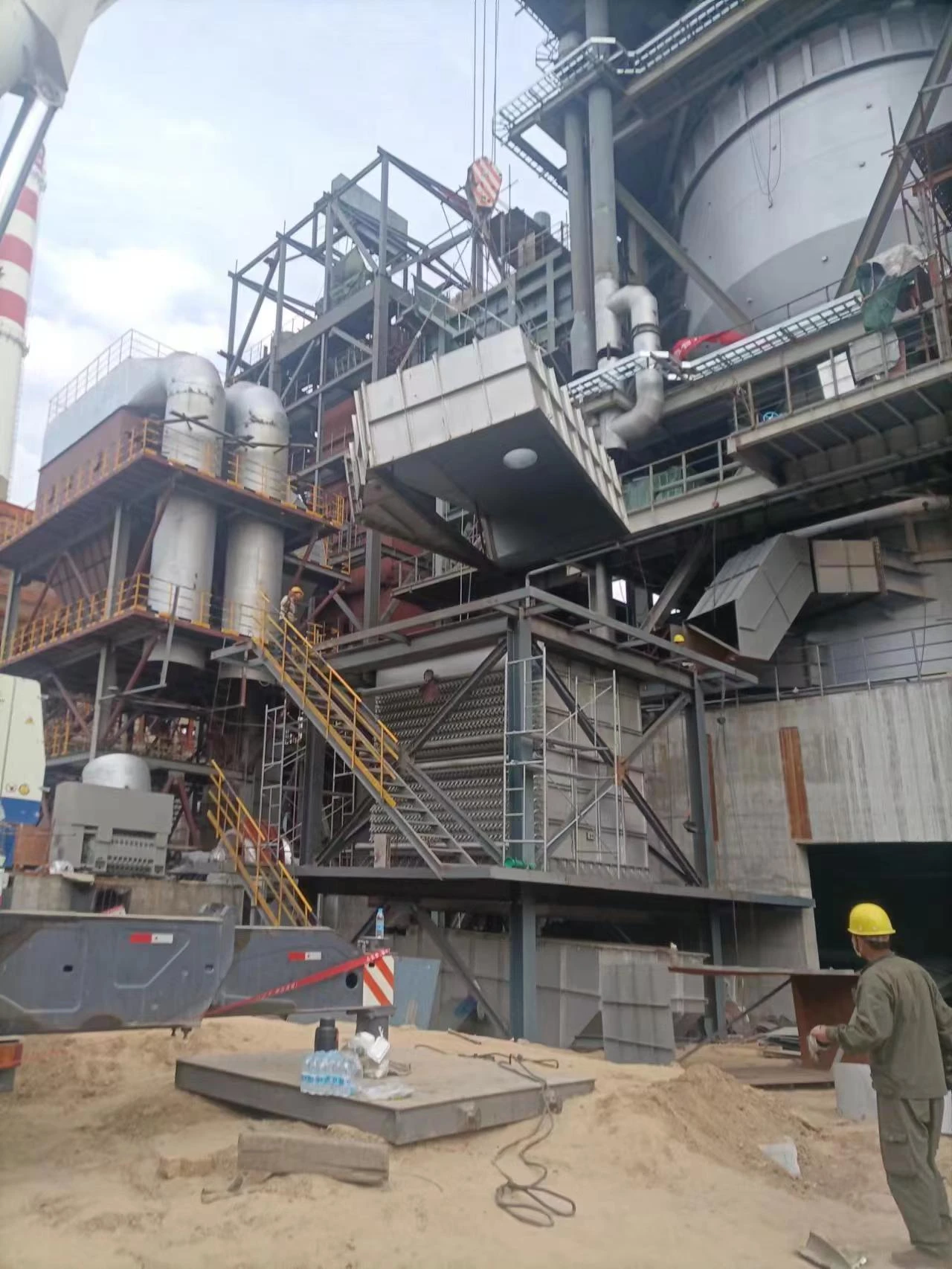
Consider the following factors when comparing ratings:
* **Climate:** Economizers perform differently in various climates.
* **System Size:** Larger systems may require economizers with economizer higher ratings.
* **Energy Costs:** Economizer ratings can help you minimize operational expenses.
Economizer Efficiency: A Financial Look
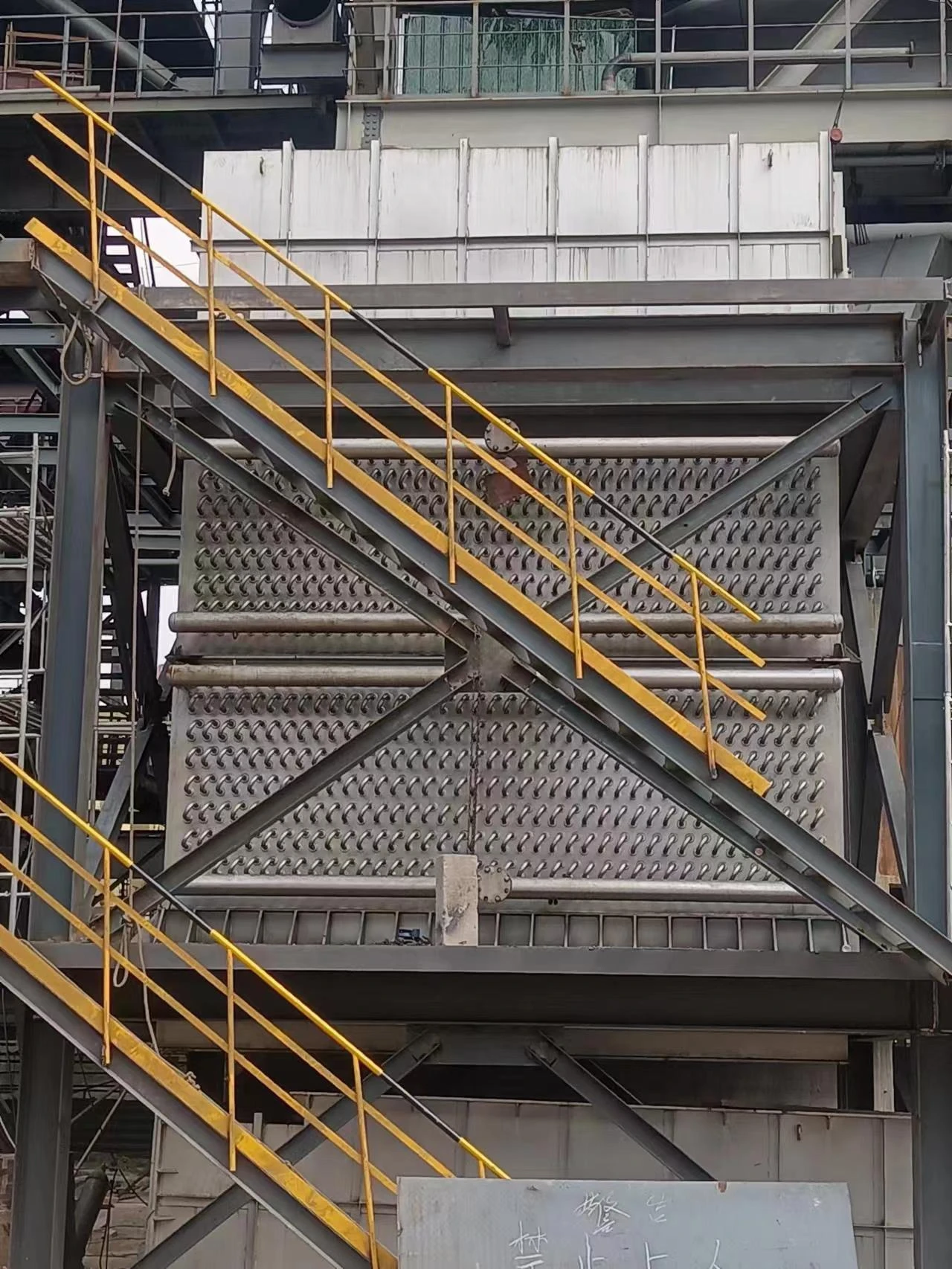
Implementing heat recovery systems can significantly reduce fuel consumption in various industrial and commercial settings. These innovative technologies capture waste heat from exhaust streams, effectively warming up incoming fuel or air. This process results substantial cost savings over the long term by reducing reliance on primary energy sources. A thorough cost-benefit analysis reveals that economizers offer a highly profitable investment, adding to both operational efficiency and environmental sustainability.
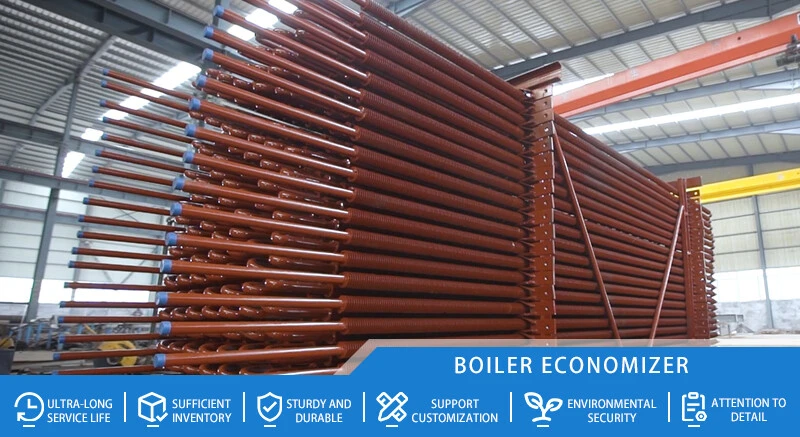
- Additionally, elements such as installation costs and maintenance requirements must be thoroughly assessed when determining the overall cost-effectiveness of economizers.
- Finally, the decision to adopt economizers should derive from a comprehensive analysis that incorporates both financial and environmental impacts.